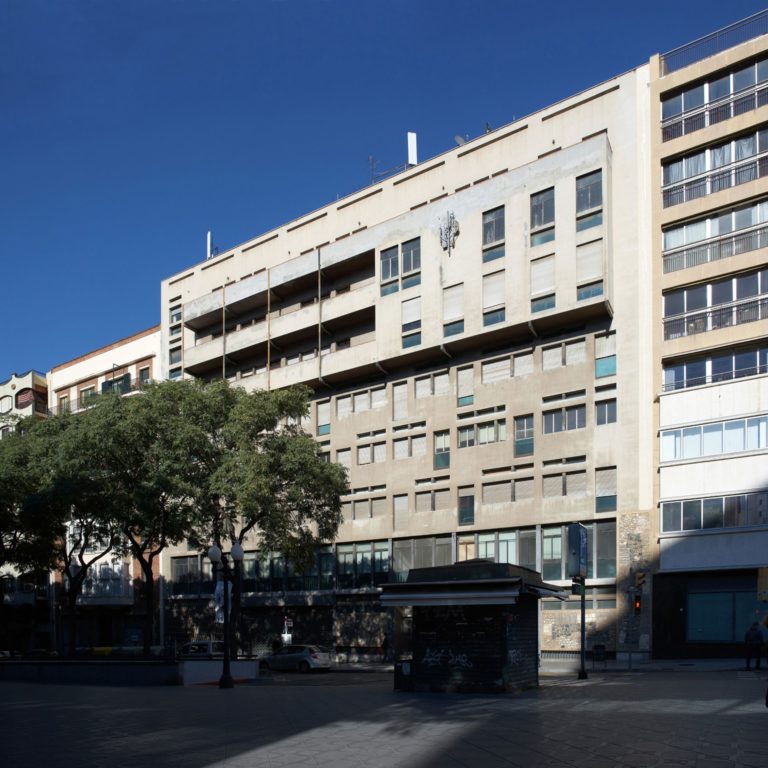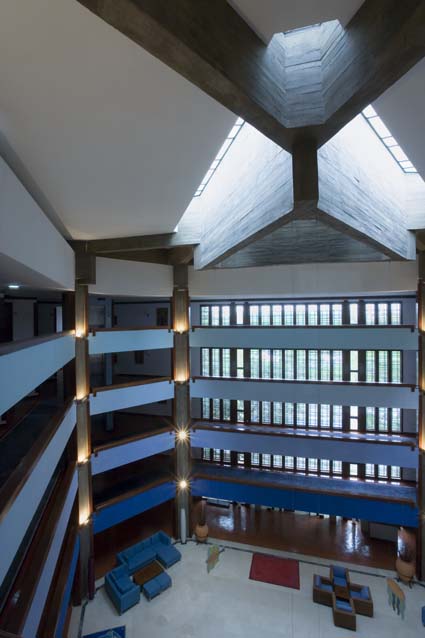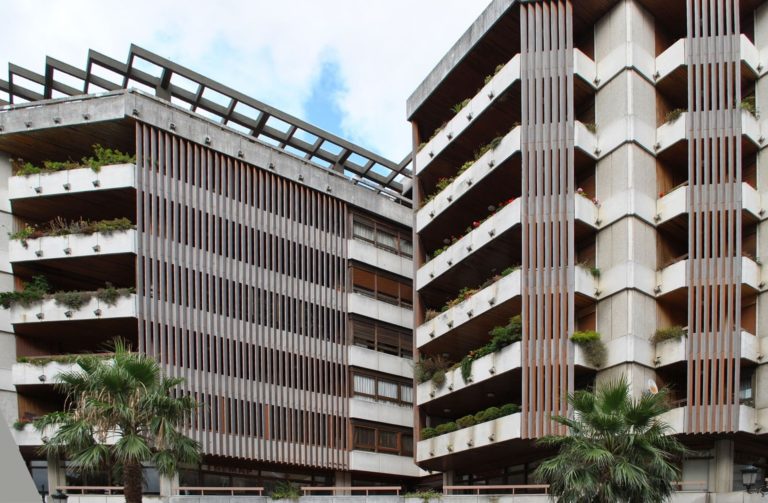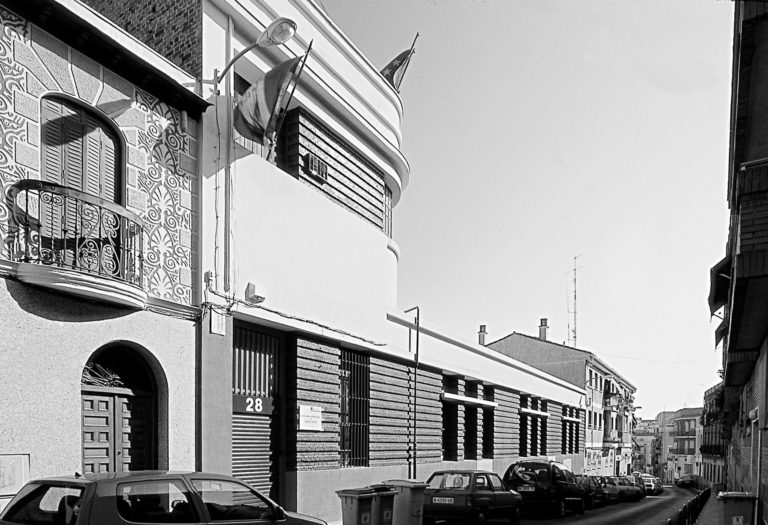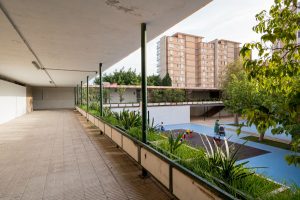Abstract
The development of modern architecture or the modern architecture for development the hispanic Caribbean antillas 1950-1965. Once assumed the validity of the principies of modern architecture and the revaluation of its production in Latin America, this work is presented as a study of its occurrence in the Hispanic Caribbean Antillas. lt proposes a comprehensive and simultaneous vision that links three islands of the Caribbean with international modernity and with the most authentic local one, in a period and sources of greater development. Addresses the process of its occurrence in Cuba, Dominican Republic and Puerto Rico, three countries of their main islands, linked not only for its geographical position, but also by an historical and cultural ties that span for its architecture. lt is based on the recognition of the fact of the quality of the projects accomplised under the criteria of modem architecture in the mid-twentieth century. The coincidence of their realization with the pursuit of an ideal state of development of the young nations links them to important historical events and attributes its dissemination to governmental impulse through a modern social project of social concem that lead to group them under the name of “Architecture for Development ” The motivation of the research focuses on the study of cases that are related to the achievement of the progressive goal, under the discourse of development plans, public and social works and the modern criteria that define them. The perennial quest for social development and the consideration of the validity of the use of modern principies determine the relevance of its deepening. The work is structured in three main blocks that refer to the title of the thesis; first ”The development of modern architecture” that will address the introduction of modernity, the incidences of assimilation and development a second block notes and links work plans and programs with the momentum of modernity; and a third block “Modern architecture for development’ that explores aspects of the project that led to the modern Caribbean architecture linked to reform plans as a particular geographical conditions
